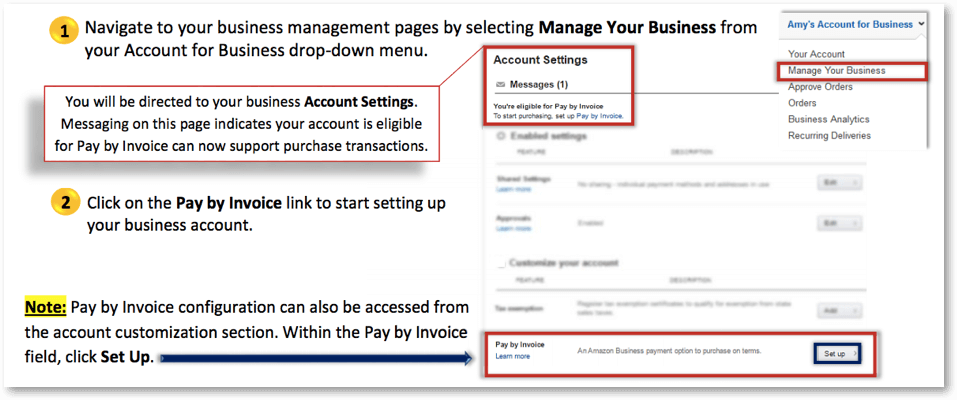

How big a threat is this? At the moment, Toler says, the use of deepfake faces hasn’t had a big impact on his work. “The first question is ‘Is this person real or not?’ Which was a question we didn’t really have five years ago.” “There’s always a mental checklist that you go through whenever you find anything,” he says. Toler says deepfake faces have become a trend in his line of work as an open-source investigator into suspicious online activity, especially since the launch of, a website that serves up a new AI-generated face with every refresh. In October 2020, a fake “intelligence” document distributed among President Trump’s circles, which became the basis for numerous conspiracy theories surrounding Hunter Biden, was also authored by a fake security analyst with a deepfaked profile image. In December 2019, Facebook identified and took down a network of over 900 pages, groups, and accounts, including some with deepfaked profile pictures, associated with the far-right outlet the Epoch Times, which is known to engage in misinformation tactics.

In fact there have already been several high-profile instances in which deepfake photos have been used in damaging disinformation campaigns. The most malicious version of this would be state actors, warns Toler. They’re fine.” But it reveals a more concerning problem: that deepfake accounts can be deployed in a coordinated way on social media or elsewhere for far more sinister purposes. “It’s of course pretty harmless,” says Toler. These accounts were likely just more parodies created to mock Amazon.ĭoes this matter? In this particular case, probably not. Plus, the content of the tweets was clearly intended to be humorous. The new deepfake accounts, which have since been suspended, were registered using Gmail and posted via the Twitter web app.


The original ambassador accounts were all registered under Amazon email addresses and posted using Sprinklr. Toler, who tracked the original accounts, believes Amazon is telling the truth. The company later told New York Times reporter Karen Weise that it was not. People quickly latched onto the idea that Amazon itself was behind the new deepfake accounts as part of an anti-union social media campaign. But when people started investigating, many pointed out that some had profile pictures with the telltale signs of deepfake faces, like warped earrings and blurry backgrounds. The latest: On Monday, the new batch of ambassador accounts cropped up-or at least, so it seemed. Amazon scaled back the program shortly after, and many of the original real accounts were suspended or shut down, says Aric Toler, the head of training and research efforts for the investigative journalism site Bellingcat. The plan backfired, and led to the creation of numerous parody ambassador accounts on Twitter. It set up computer stations in those warehouses and created Twitter accounts for a small group of employees, known as “Amazon FC Ambassadors,” who could tweet during paid hours about how much they loved their job. In 2018, Amazon began a very real program to convince the public that it was treating its warehouse workers just fine. The backstory: There’s a reason these new deepfake profiles seemed familiar. Was Amazon really behind them? Was this some terrible new anti-union social media strategy? The answer is almost certainly not-but the use of deepfakes in this context points to a more concerning trend overall. They didn’t seem real, but they still led to confusion among the public. The profiles used deepfake photos as profile pictures and were tweeting some pretty laughable, over-the-top defenses of Amazon’s working practices. The news: Ahead of a landmark vote that could lead to the formation of the first-ever labor union at a US-based Amazon warehouse, new Twitter accounts purporting to be Amazon employees started appearing.


 0 kommentar(er)
0 kommentar(er)
